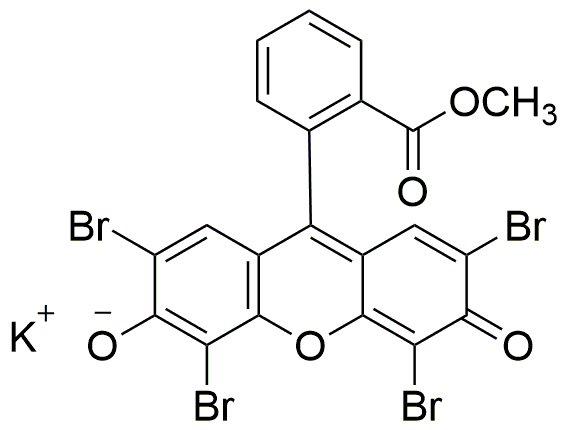Wright Stain solution, for microscopy is widely utilized in research focused on:
- Hematology: This stain is essential for differentiating blood cell types in blood smears, aiding in the diagnosis of various blood disorders such as anemia and leukemia.
- Microbiology: It helps in identifying and classifying microorganisms by providing contrast in cellular structures, making it easier to observe bacteria and parasites under a microscope.
- Pathology: The stain is used in tissue sample analysis, allowing pathologists to visualize cellular morphology, which is crucial for identifying diseases and abnormalities.
- Education: In teaching laboratories, it serves as a practical tool for students to learn about cell structure and function, enhancing their understanding of biological sciences.
- Research Applications: It is employed in various research studies to investigate cellular processes and interactions, contributing to advancements in fields like immunology and cancer research.
General Information
Properties
Safety and Regulations
Applications
Wright Stain solution, for microscopy is widely utilized in research focused on:
- Hematology: This stain is essential for differentiating blood cell types in blood smears, aiding in the diagnosis of various blood disorders such as anemia and leukemia.
- Microbiology: It helps in identifying and classifying microorganisms by providing contrast in cellular structures, making it easier to observe bacteria and parasites under a microscope.
- Pathology: The stain is used in tissue sample analysis, allowing pathologists to visualize cellular morphology, which is crucial for identifying diseases and abnormalities.
- Education: In teaching laboratories, it serves as a practical tool for students to learn about cell structure and function, enhancing their understanding of biological sciences.
- Research Applications: It is employed in various research studies to investigate cellular processes and interactions, contributing to advancements in fields like immunology and cancer research.
Documents
Safety Data Sheets (SDS)
The SDS provides comprehensive safety information on handling, storage, and disposal of the product.
Product Specification (PS)
The PS provides a comprehensive breakdown of the product’s properties, including chemical composition, physical state, purity, and storage requirements. It also details acceptable quality ranges and the product's intended applications.
Certificates of Analysis (COA)
Search for Certificates of Analysis (COA) by entering the products Lot Number. Lot and Batch Numbers can be found on a product’s label following the words ‘Lot’ or ‘Batch’.
*Catalog Number
*Lot Number
Certificates Of Origin (COO)
This COO confirms the country where the product was manufactured, and also details the materials and components used in it and whether it is derived from natural, synthetic, or other specific sources. This certificate may be required for customs, trade, and regulatory compliance.
*Catalog Number
*Lot Number
Safety Data Sheets (SDS)
The SDS provides comprehensive safety information on handling, storage, and disposal of the product.
DownloadProduct Specification (PS)
The PS provides a comprehensive breakdown of the product’s properties, including chemical composition, physical state, purity, and storage requirements. It also details acceptable quality ranges and the product's intended applications.
DownloadCertificates of Analysis (COA)
Search for Certificates of Analysis (COA) by entering the products Lot Number. Lot and Batch Numbers can be found on a product’s label following the words ‘Lot’ or ‘Batch’.
*Catalog Number
*Lot Number
Certificates Of Origin (COO)
This COO confirms the country where the product was manufactured, and also details the materials and components used in it and whether it is derived from natural, synthetic, or other specific sources. This certificate may be required for customs, trade, and regulatory compliance.


